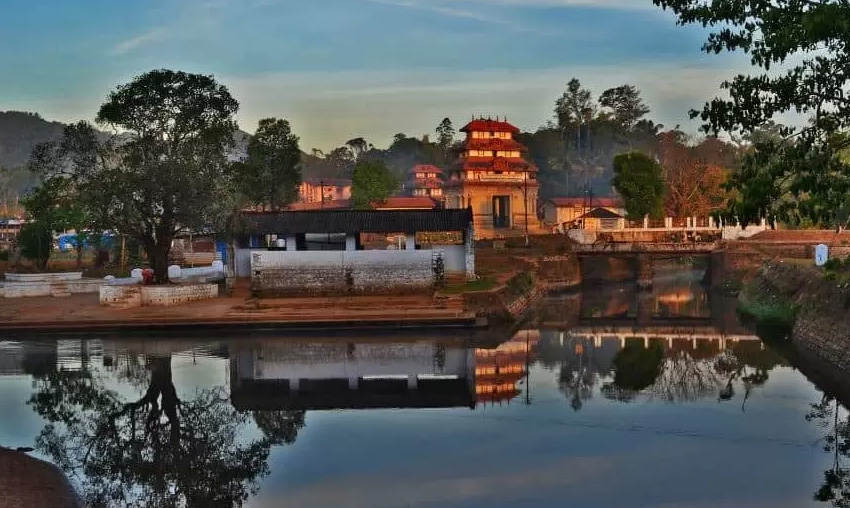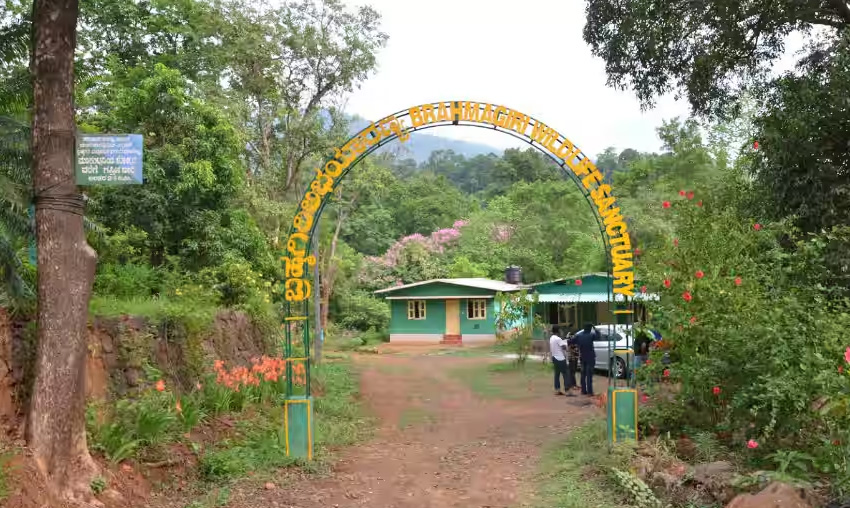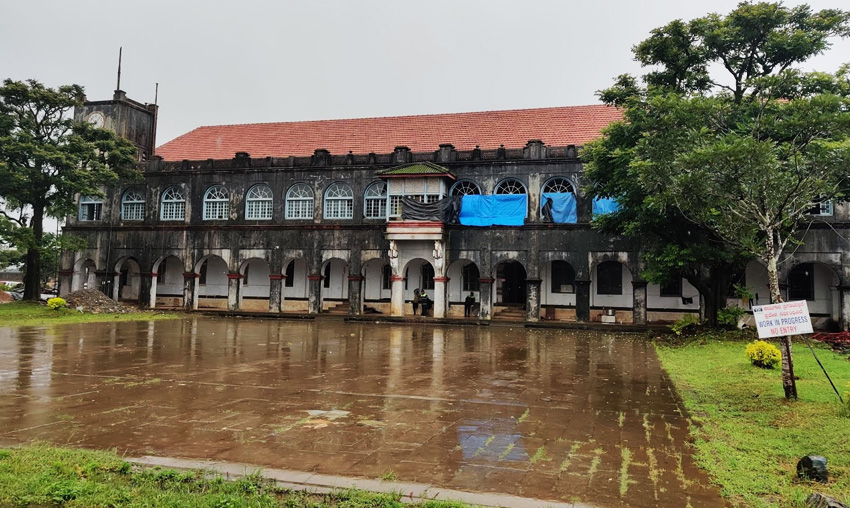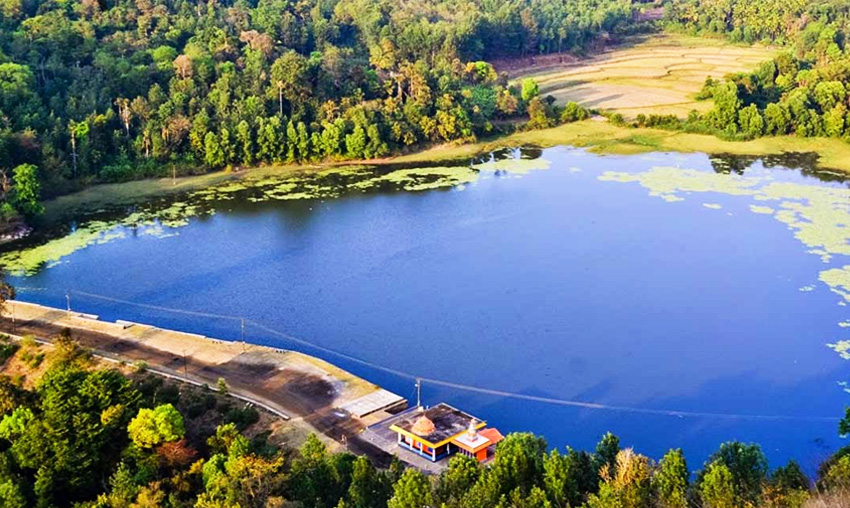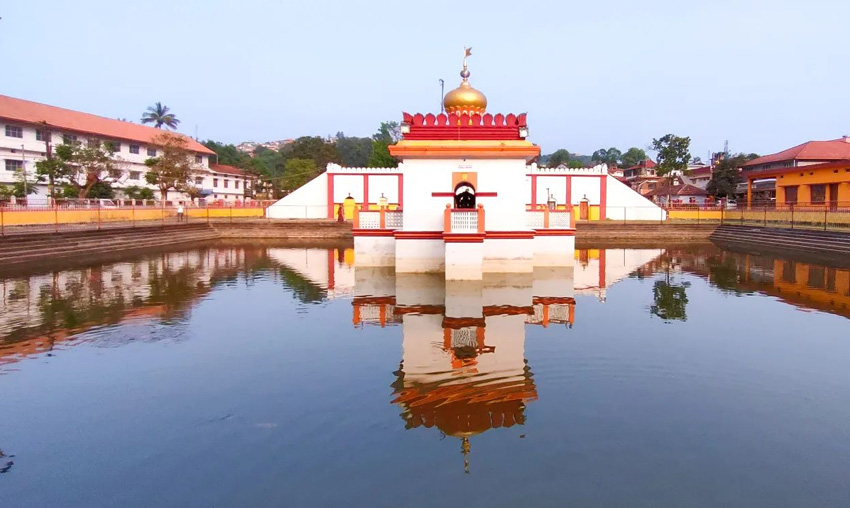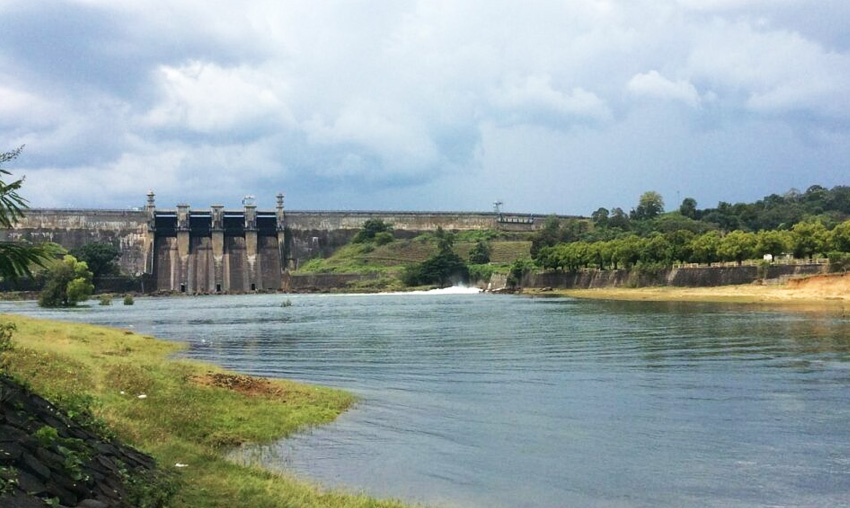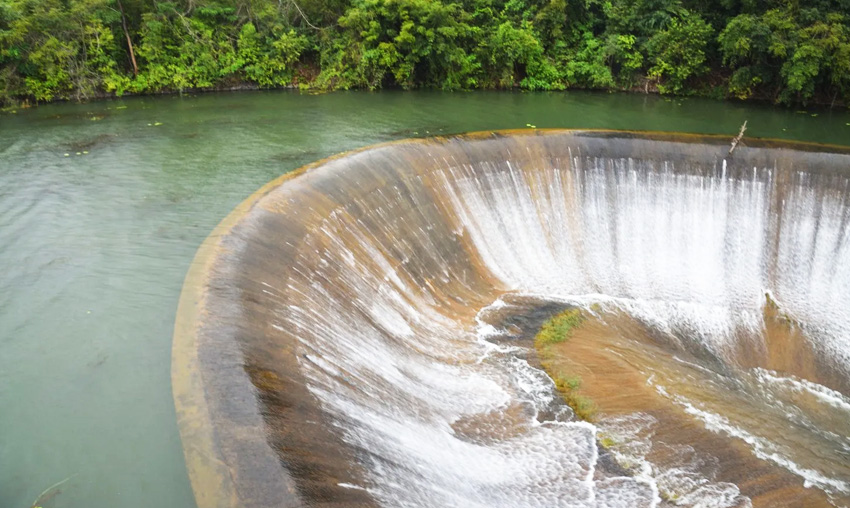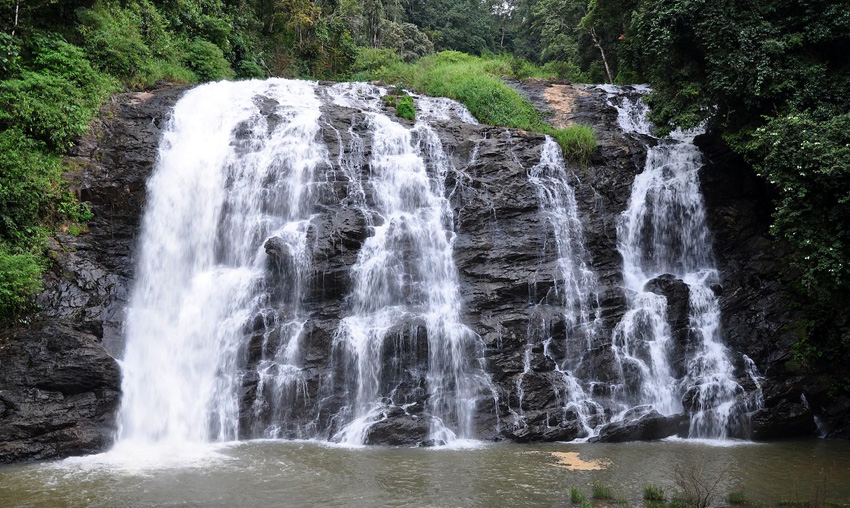Bhagamandala Triveni Sangam Coorg History, Entry Fee & Timings
Located about 39 kilometres from Madikeri in the picturesque slopes of Talacauvery lies the pilgrimage spot known as Bhagamandala. The River Kaveri, also known as the “Dakshin Ganga,” or “Ganga of the South,” and one of the nation’s seven sacred rivers, has its source and origin in Talacauvery. In addition to being sacred, taking a bath in the Bhagamandala’s hallowed waters is a cleaning and spiritually energising experience that benefits the mind, body, and soul.
History of Bhagamandala Triveni Sangam, Coorg
There is a mythology about the establishment of Bhagamandala Triveni Sangam. The origin of the Cauvery or River Kaveri is the subject of a tale. It is said that Sri Cauvery was Sage Kavera Maharshi’s foster daughter. Since Kavera Maharshi was childless, he prayed to Lord Brahma, who granted him a daughter.
Lord Brahma’s foster daughter, Lopamudra, was an Adi-Shakti incarnation. He received her from Lord Mahavishnu. Lopamudra was also blessed by Lord Brahma, which allowed her to transform into a river and help people when they needed it.
Maharshi Kavera raised Lopamudra in the Brahmagiri Valley with a lot of love and compassion, which is why he was given the Kaveri name. She learnt the chores and served them devotedly while growing up in the ashram. Saint Agastya Maharshi once saw Sri Kaveri while at their Kavera ashram. H
e conveyed his desire to wed Sri Cauvery, who consented on the understanding that Sage Agastya Maharshi, a manifestation of Lord Shiva, would never abandon her, after being awed by her beauty, devotion, and divine purpose. The Kavera Ashram later hosted their wedding.
When Saint Agastya Maharshi took a bath by the Kanika River, on the opposite side of the Brahmagiri Hills, the divine married couple was living in peace and love. He transformed Sri Cauvery into water and put her in his sacred pot, Kamandalu, before setting out on his adventure.
Then he left the pot in Kavera Ashram, close to Brahma Kundige. He departed the ashram and told his pupils to take care of the pot while he was away. But while Sri Cauvery was waiting for him at the ashram, he was unable to return in time.
She chose to start her spiritual journey since she was saddened by Sage’s absence. She therefore emerged from the kamandalu and submerged herself in the holy pond known as Brahma Kundige.
She then followed an underground route that led her to Bhagamandala, where she joined two other rivers, Sujyothi and Kanika, to form the revered Bhagamandala Triveni Sangama.
After learning of the occurrence, Sage Maharshi Agastya made the decision to bring his wife, Sri Cauvery, back. He set out to meet Kaveri and put an end to her journey.
He saw Sri Cauvery at Balamuri, about 37 km from Talacauvery, and made an effort to persuade her to go back to the ashram. But Sri Cauvery knew that her visit was anticipated at Balamuri, where Kodagu’s King Sri Devakanta and his people had assembled to greet her and ask for her blessings.
In order for one of her bodies to stay with Saint Agastya at the ashram and the other to flow like a river, helping the people of Kodagu, she made the decision to split herself in two.
The Sri Kaveri River, commonly known as the Dakshin Ganga or the Ganga of the South, is also the Kodagu people’s kula-devi or family deity.
Places to visit at Bhagamandala Triveni Sangam Coorg
1. Bhagandeshwara Temple
The Sri Bhagandeshwara Temple, a heavenly-renowned tourist destination, is located within the Bhagamandala at an elevation of roughly 898 meters. It is mostly a temple dedicated to Lord Shiva, although it also has idols of Lord Ganesha and Lord Subramanyam. Hundreds of pilgrims and devotees visit this exquisitely constructed temple in a breathtaking setting, not only to seek the Lord’s blessings but also to establish a spiritual bond with him. The divinity of God and the much-needed serenity and tranquilly that are lost in our daily lives are abundantly revealed when you pray at this temple.
2. Mount Thavoor
Mt. Thavoor is a tall peak that looks down on both Bhagamandala and Mt. Koppatti. Mt. Koppatti and Bhagamandala are excellent trekking trails for those looking for some amazing views and a little adventure.
3. Talakaveri Wildlife Sanctuary
The Talakaveri Wildlife Sanctuary is a beautiful tropical evergreen forest that is home to a wide variety of animal and bird species and is situated amid the splendour of the Western Ghats. The sanctuary’s eastern boundary is traversed by the Kaveri River, which supports the forest’s fauna. It is a once-in-a-lifetime opportunity to go on a safari through the untamed forest and see its magnificent creatures being caressed and nurtured by Mother Nature.
4. Nisargadharma Island
This ecological park is a well-liked vacation spot for all nature enthusiasts and will provide you with a much-needed respite from the screaming alarms, honking autos, and the constant bustle of the metropolis. It has amenities for elephant rides, a lake for boating, a deer park, and a little snack shack. To get to this island, one must cross a tiny bridge over the jolly-flowing River Kaveri. It is best visited right after the monsoon, when the whole island is covered in verdant vegetation.
How To Reach Bhagamandala, Coorg
Bhagamandala is easily accessible as the village panchayat of the Kodagu district in Karnataka. It is 133 miles southeast of the energetic metropolis of Mangalore and just 63 km from Pondicherry. The Subrahmanya Road Railway Station, which is 42.4 km from Bhagamandala, is the closest train station. At 46.7 km, Kodimbala Halt Railway Station is also fairly close.
The attraction is within a short 500-meter walk from the Bhagamandala Bus Stop. Additionally, the Ballamavaty Bus Stop is not far away—just 16 kilometres, or around 20 minutes by car. Throughout the day, buses travel to and from these bus stations rather regularly. Another practical and affordable way to get there is to hail a cab or drive.
Bhagamandala Triveni Sangam Coorg Timings
| Day | Timing |
|---|---|
| Monday | 6:00 am – 7:00 pm |
| Tuesday | 6:00 am – 7:00 pm |
| Wedesday | 6:00 am – 7:00 pm |
| Thursday | 6:00 am – 7:00 pm |
| Friday | 6:00 am – 7:00 pm |
| Saturday | 6:00 am – 7:00 pm |
| Sunday | 6:00 am – 7:00 pm |
